|
I recently picked up Michael Dirr’s new-ish book entitled Dirr’s Encyclopedia of Trees & Shrubs. It’s a great compendium to the many other Dirr books I reference regularly. The book is full of valuable information, as you’d expect from Michael Dirr, but it is also filled with color photographs of woody plants in profile as well as detail images of bark, leaves, flower and fruit. It’s a wonderful addition to my professional library!
Spring is a busy time of year at plant nurseries. Ideal planting times are dependent upon the weather but in general the spring planting season is considered April through June and fall planting is considered to be August to October. Plants need to be inspected for pests, injuries, deformations and overall health/vigor.
The dormant season of winter or very early spring is the perfect time to get some tree work done. Tree work can be messy and rough so take advantage of the sleeping woody and herbaceous plants and get your tree canopy in healthy condition. Here, the crews of Barrett Tree East were confronted with a tight site necessitating the use of tree climbers to do most of the selective thinning/pruning and tree removal. The skill, dexterity and team work of the crew members is impressive! 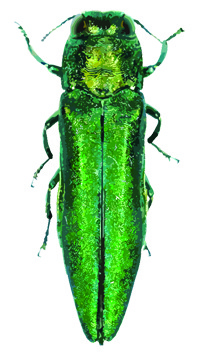 On your recent summer road trips, have you seen any of these purple boxes suspended from forest trees? They are traps for the Emerald Ash Borer, an insect that has done significant damage in the mid-western states. This month it was confirmed, Emerald Ash Borer has been found in Massachusetts! As the name implies, this insect attacks all ash species including; Franxinus pennsylvanica/Green Ash, Fraxinus Americana/White Ash, Fraxinus nigra/Black Ash and Fraxinus quadrangulata/Blue Ash Trees as well as horticultural cultivars. Learn more about this insect at any of the links listed below. Massachusetts Introduced Pests Outreach Blog United States Department of Agriculture: Stop The Beetle United States Department of Agriculture: Quarantine Map How to Identify an Ash Tree? Note: all images courtesy of the web What happened to these tender leaves? They are victims of the Winter Moth- a damaging introduced pest that can eat through scores of leaves from trees, shrubs and sometimes perennials. Oak and cherry trees are favorites! These pests have few natural predators, lay eggs in the late fall/early winter, and emerge as bright green caterpillars in early spring. March and April are the vulnerable months when hungry caterpillars eat and eat and eat. Hand picking and destroying the caterpillars is feasible only on smaller plants. Mature plants are often treated with a suffocating spray once before the caterpillars emerge and again afterward.
For more detailed information about identification, its life stages are and potential treatment options see the links below. Healthy leaves are necessary for proper growth and survival. http://extension.umass.edu/landscape/fact-sheets/winter-moth-identification-management http://www.massnrc.org/pests/pestFAQsheets/winter%20moth.html http://www.northeastnursery.com/garden/whatsnew_helpfulhints_wintermoth.html http://boston.cbslocal.com/2012/03/09/mass-braces-for-winter-moth-surge/ Check out these Pinus strobus (Eastern White Pine) located in New Hampshire. They are over 200 years old! Most agree that planting in the spring or fall is acceptable. It's true for perennials and bulbs, but not always the case with shrubs and trees. Fall planting is generally considered to begin in mid-August and extend through mid October depending upon the current climatic conditions, namely soil temperature.
Although not an exact science literature states that particular shrubs and trees struggle with fall digging and planting. Literature put out by the American Association of Nurserymen (AAN), University of Massachusetts Extension (UMass Extension), Horticulture Magazine and even some nurseries list problematic species in various ways. The AAN lists many favorites like Acer rubrum/Red Maple, all Betula/Birch, Platanus acerifolia/London Planetree, all Pyrus/Pears, all Quercus/Oaks, all Zelkova/Zelkova among a handful of others. A 2001 printing of UMass Extension's “Hort Notes” categorizes the species in terms of “successfully established in the fall” and “difficult to establish in the fall”. A September 1987 article in Horticulture Magazine groups plants according to their “significant risk of loss”, “some degree of risk”, and “not at great risk”. Although the resources are more or less comprehensive, many of the same plants appear in each. It is prudent to take note and to plan accordingly. In conclusion, if planting in the fall cannot be avoided care must be taken to monitor plants carefully and regularly, water thoroughly and frequently and allow sufficient time (6-8 weeks) for root systems to establish prior to the first frost. Then cross your fingers and hope for good weather! Passing though Lincoln, Massachusetts one recent July day, I came across an interesting sight. What caused the contortion of this mature Catalpa bignoniodes/Southern Catalpa or Indian Bean? Underground infrastructure? A bygone adjacent structure? An injury? We may never know for sure. But whatever the cause, the result is a beautifully sculptural specimen!
Michael Dirr says about the Catalpa tree “Ever ask the local nursery for a catalpa? Chances are it has none to offer. Southern Catalpa and the related species nearly qualify for dinosaur status in the landscape world. The flowers are quite attractive, however, and the bold coarseness of the large leaves adds textural interest”. |
Archives
September 2023
CateInspiration comes from the world around us; color, texture, pattern- all components of the ever changing landscape. The camera captures these moments for further reflection. This blog will feature monthly musings centered on the landscape. Categories
All
|

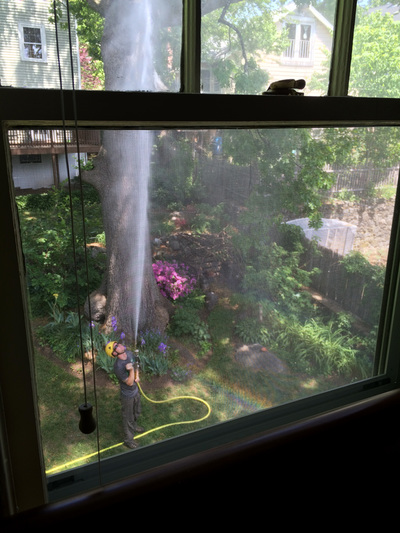
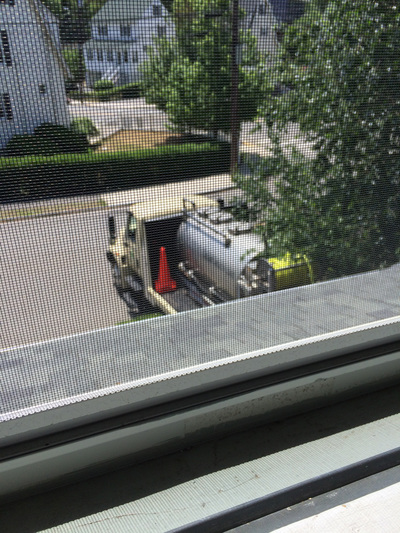
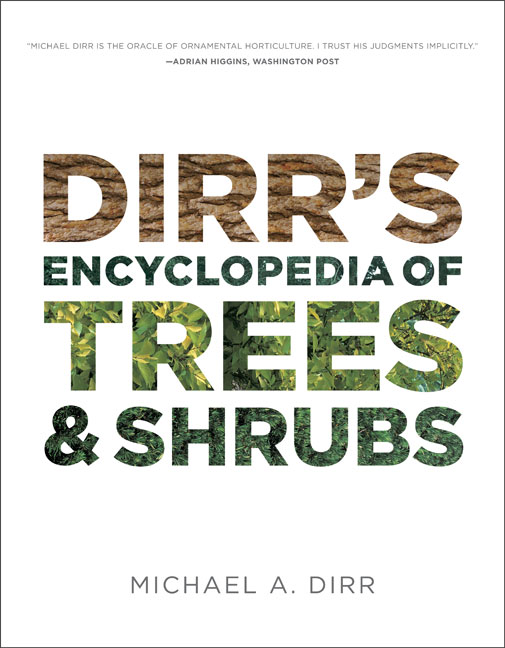
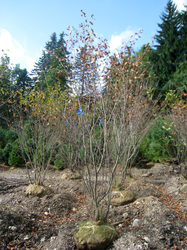
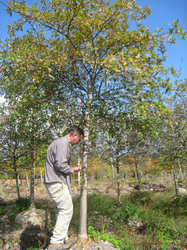
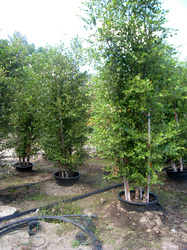
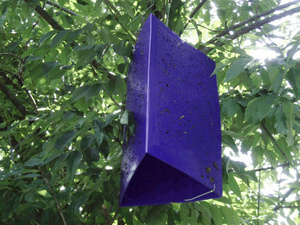
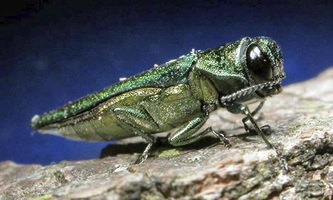
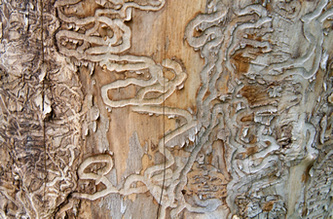
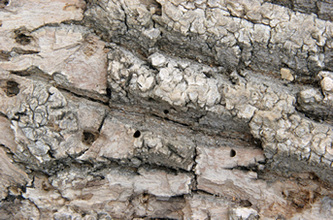
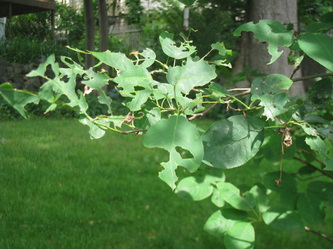
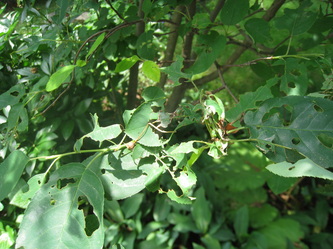
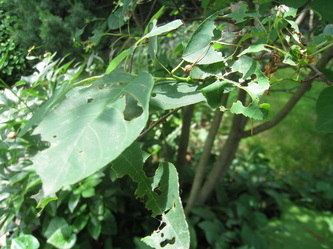
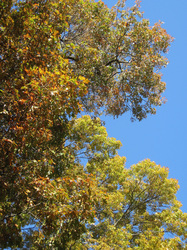
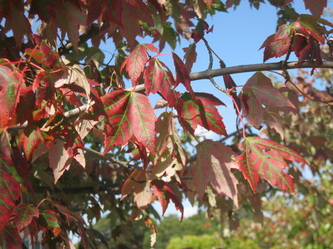
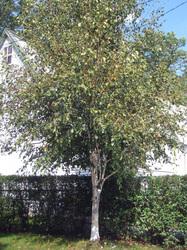
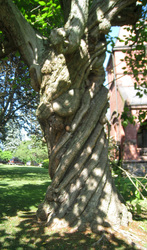
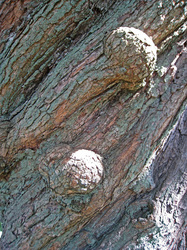
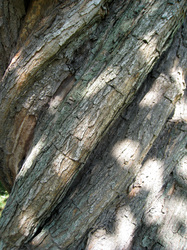
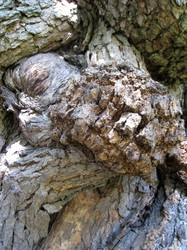

 RSS Feed
RSS Feed